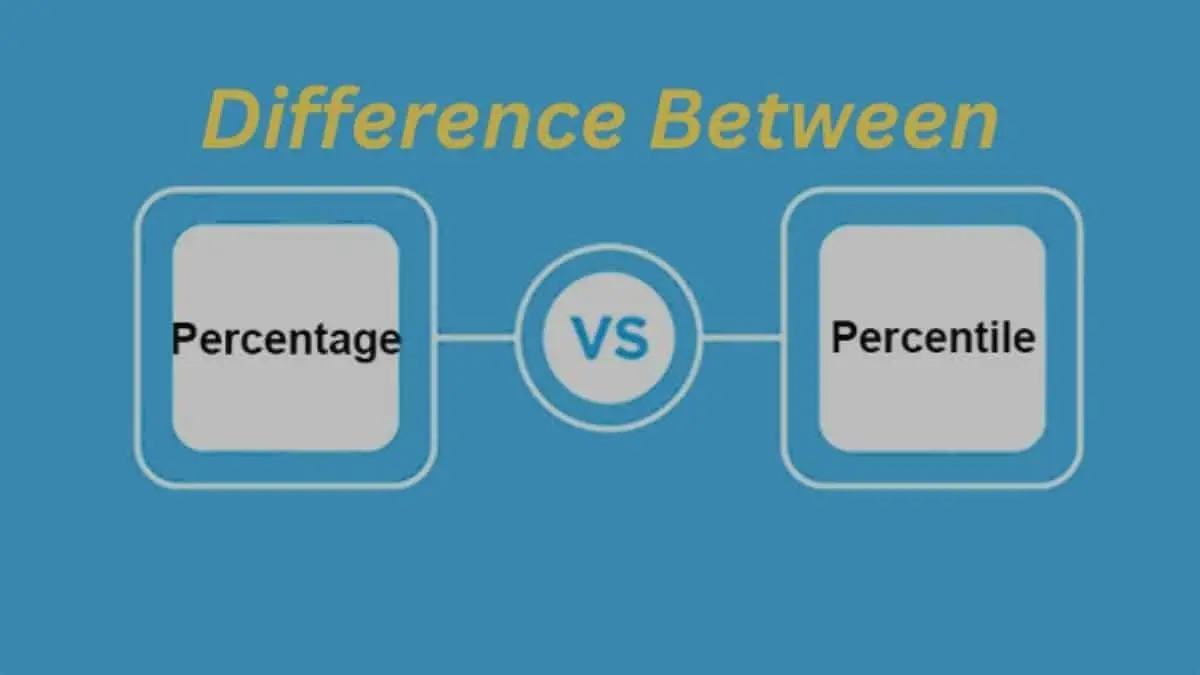When it comes to statistics and data analysis, terms like “percentage” and “percentile” are often used, but they mean quite different things. Although they sound similar, understanding the distinction between these two concepts is crucial for correctly interpreting data and statistical outcomes. In this blog, we’ll explore the definitions, differences, and practical applications of percentages and percentiles.
What is a Percentage?
A percentage is a way to express a number as a fraction of 100. It is denoted by the “%” symbol. Essentially, percentages are used to compare quantities on a common scale and to show proportions. For example, if you answered 80 out of 100 questions correctly on a test, you could say you answered 80% of the questions correctly.
What is a Percentile?
A percentile, on the other hand, is a measure used in statistics to indicate the value below which a given percentage of observations in a group of observations fall. Percentiles are used to understand and interpret data sets in terms of their distribution. For instance, if your score on a standardized test is in the 90th percentile, it means you scored better than 90% of the people who took the test.

Key Differences
The table below highlights the fundamental differences between percentage and percentile:
| Aspect | Percentage | Percentile |
|---|---|---|
| Definition | A part of a whole expressed out of 100. | Indicates the relative standing of a value within a data set. |
| Purpose | To show proportion or ratio. | To compare scores and determine rankings. |
| Calculation | Percentage=Part/Whole×100 | Determined by the position of a score in a sorted list. |
| Usage Examples | Calculating discounts, test scores, or demographic data. | Used in standardized testing, growth charts, or survey results. |
Practical Examples
To further illustrate these concepts, let’s look at practical examples:
Percentage Example:
Imagine a class of 30 students where 18 are wearing glasses. The percentage of students wearing glasses is calculated as follows:
Percentage=(18/30)×100=60%
This means 60% of the students in the class are wearing glasses.
Percentile Example:
Suppose you took a national competitive exam and scored 720 out of 800. If this score places you in the 85th percentile, it implies that 85% of all test takers scored the same or less than you. Your performance is compared against all others, highlighting your relative position rather than a simple fraction.
Also Read: Difference Between Data and Information





